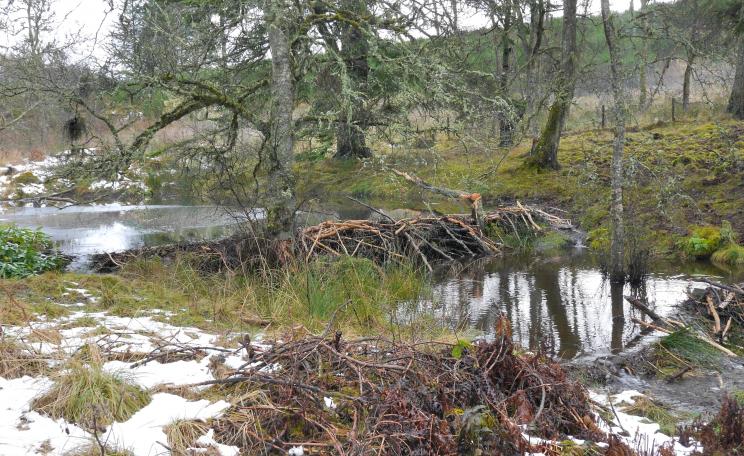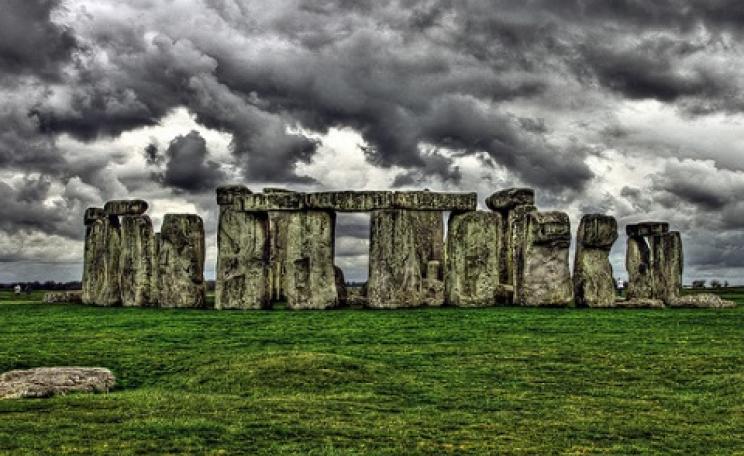We are calling for a moratorium on the shooting of beavers as another breeding season approaches, pending an early decision to afford the animals the legal protection they are due.
The Tay Beavers began when three of the animals escaped from a wildlife park in 2001.
Nine years later, having bred and dispersed and been added to by subsequent escapes from enclosures in the same catchment, they came under threat of official elimination in the autumn of 2010.
A campaign to save them led to a SNH study that estimated their numbers at 106-187 (midpoint 147) in 2012 and mapped their spread across hundreds of square miles of the linked catchments of the Earn and Tay, from Rannoch to Comrie, Blair Atholl, Forfar and Bridge of Earn.
They are now said to have reached as far as the Dochart in the west, near Argyll. An individual has also been spotted in the headwaters of the Forth.
From 2011 to 2014 they were officially tolerated and monitored' during the Scottish Beaver Trial at Knapdale in Argyll, and then a report came out which SNH digested for a year ending in May this year, before the results were handed to the Scottish Government.
This report showed them to be of the right species, Castor fiber, the Eurasian beaver, and free from any problematic diseases. A decision on their future has been expected ever since and campaigners have hoped for official recognition that this species, driven to extinction in the 16th century to meet the greed of the fur-trade, is now back in Scotland.
Farmers 'shoot to kill' as legal protection is unlawfully denied
Legal protection is due to Castor fiber under the European Habitats Directive when the species is "established in the wild" in its "natural range". But despite both conditions being satisfied, the Scottish Government has so far denied beavers the protection to which they are entitled.
The Tayside Beaver Study Group, which co-ordinated the monitoring, encouraged farmers to seek non-lethal solutions to any problems that arose on their land arising from the presence of beavers. But it now seems clear that shooting was always considered the management tool of choice by the farmers in question.
A recent Daily Telegraph article - which unashamedly presents the landowners point of view with no attempt at objectivity - wrongly describes the beavers as "feral" in its headline before quoting the complaints of Drew McFarlane-Slack, Scottish Land and Estates' Highland regional manager, of "substantial damage", and his apparent encouragement to others to shoot them:
"The beavers have established themselves and are beginning to change the environment around about them. These animals are not there legally - they have been illegally or perhaps, at worst, criminally released into the wild. They have no protection in law. I think if the damage to the property becomes severe, I'm certain that some of them want to take that decision to control them."
We are calling for a moratorium on the shooting of beavers as another breeding season approaches, pending an early decision to afford the animals the legal protection they are due.
The current legal position in Scotland, according to Scottish Natural Heritage, is that beavers are not protected and can be shot, although 'possession' is against the law, so corpses must be collected for autopsy. With no closed season, it seems clear that some pregnant and lactating beavers have been shot.
However the position of SNH and the Scottish Government could be subject to legal challenge under the EU's Habitats and Species Directive.
In October 2014 Friends of the Earth in England commenced legal procedures under the Directive to protect wild beavers in Devon from the UK government's plan to trap and cage them. This and popular protest forced the government to back down and leave the beavers wild and free.
No interest in non-lethal control and mitigation
The Scottish Wild Beaver Group is aware that on low-lying arable land beavers can sometimes present real challenges. That's why we invited a beaver management specialist, Mike Callahan, of Beaver Solutions over from Massachusetts to speak at our conference, 'The Necessary Beaver' in Dunkeld, Perthshire in March this year, to explain what can be done.
For example, 'flow devices' can be fitted on streams and ditches where beavers have built dams. Acting as safety valves, they prevent flooding and property damage while when allowing beavers to live in an area and create ecologically valuable wetlands.
Some local farmers attended the conference but it appears that none has so far chosen to follow up on his advice. Instead the news is that beavers have been shot in large numbers by farmers, who, infuriated by the beavers habit of building dams in their ditches, appear to be trying to wipe them out, at least in the low ground.
This would be more understandable if it were not for their apparent lack of interest in the idea of trying out any form of mitigation.
Quite apart from the appalling animal welfare implications of kits being left to die slowly of starvation, SWBG is also concerned that a widespread slaughter of beavers could reduce the genetic viability of the population.
Beavers can actually mitigate the impacts of industrial agriculture
The same low-ground farmers who suffer most from the impacts of beavers are also the ones that are responsible for the many negative environmental impacts caused by intensive agriculture, such as topsoil depletion and diffuse pollution resulting from agricultural run-off.
As the Water Frameworks Directive requires the purification of waterways the beaver could have a useful role to play. Mitigation in the form of flow devices in ditches could enable beaver dams to remain on their land and filter nitrates and phosphates without causing water to back up into the field drains.
To make matters worse one farmer has declared war on riparian vegetation as well and is busily pulling out trees by the roots on the banks or waterways in lower Strathmore. This is being done partly to deprive beavers of their food source, but also, in his view, it is the answer to flood prevention - a concern he has espoused since the town of Alyth flooded in July of this year.
But in fact his action is completely mistaken. Trees help rainwater to inflitrate into soil and aquifers rather than run off rapidly, creating floods. And beaver dams in catchment headwaters hold back fast flowing runoff, instead slowly releasing the water over a period of weeks.
The presence of beavers and the wetlands that they build also brings great improvements in biodiversity, and the mitigation of both flooding and drought by re-naturalisation of the waterways. Recent research by Dr Alan Law has shown how beaver dams reduce peak flow by an average of 18 hours. A fact he tweeted in reaction to a farmer who falsely accused the beavers of having made the flooding worse.
In California, beavers are also credited with restoring rivers, wetlands and watersheds, creating conditions for the return of Coho salmon and increases in their populations.
We are calling on SNH and the Scottish Government to immediately place a moratorium on the shooting of beavers as another breeding season approaches, and to afford the animals the legal protection they are due as soon as possible.
But above all the two bodies - and nature lovers everywhere - need to recognise that the return to Scotland of this wonderful keystone species is something to be enjoyed and celebrated.
Petition: 'Save the Free Beavers of Scotland!'.
Petition: 'To stop UK floods: plant trees, and stop shooting beavers!'
Petition: 'Make planting trees a priority to reduce flooding by improving soil and drainage' (official petition to UK Government).
Louise Ramsay campaigns for the future of free beavers on the River Tay and its tributaries. Follow her on Twitter @TayBeavers.
More information







